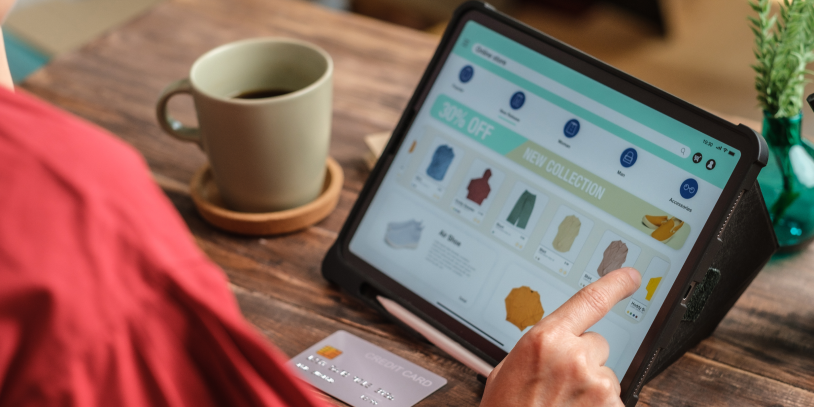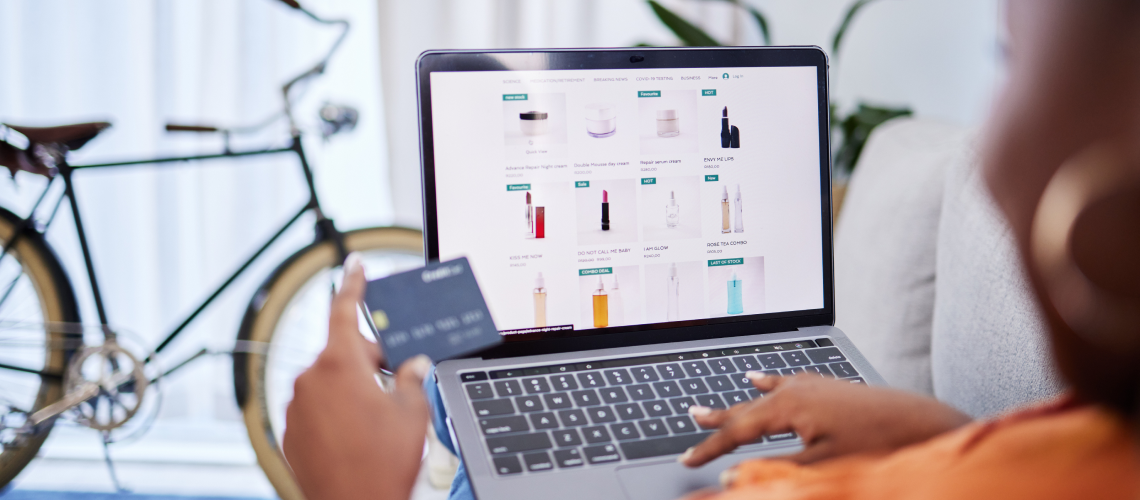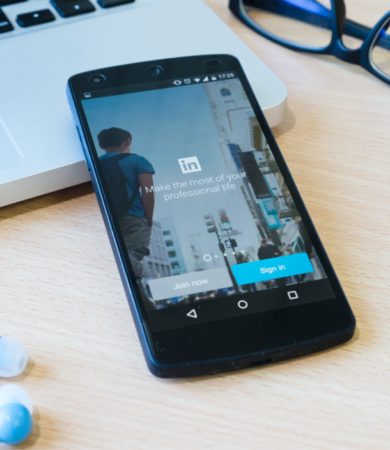Imagine strolling into your favourite supermarket, greeted by name, and receiving personalized assistance tailored precisely to your needs. Now, the picture translating that level of attention and commitment into the digital world. Welcome to the era of personalization in e-commerce, a transformative force reshaping how we shop online.
In this blog, we’ll dive into why personalization isn’t just a fancy feature but an essential strategy in today’s expansive digital arena. Gone are the days of one-size-fits-all approaches; consumers now crave experiences that cater to their unique preferences. Personalization in e-commerce is about crafting a journey that resonates with individuals, fosters engagement, and ultimately drives conversions.
What is Personalization in E-commerce?
Personalization in e-commerce is all about designing a customer’s journey from their first interaction to after-sales communication and service. It starts with understanding consumers’ needs by analyzing data like browsing behaviour, preferences, previous purchases, and frequently visited pages to present them with a bespoke experience.
Ways to Incorporate Personalization into the User Experience
Customized Product Recommendations:
Imagine browsing an online jewellery store and seeing a selection of pieces that perfectly match your style. That’s the magic of personalized product recommendations. By analyzing your browsing history, past purchases, and even the behaviour of similar users, algorithms can suggest products tailored to your tastes. This not only enhances your shopping experience but also introduces you to items you might not have discovered otherwise.
Relevant Content for Enhanced Engagement:
Dynamic content is key to keeping users engaged. Personalized banners, images, and promotions can be tailored based on your location, browsing history, and demographics such as age, gender, and occupation. For instance, if you’ve been eyeing tropical vacation spots, a travel website might show you enticing promotions for beach destinations, making the content you see more relevant and engaging.

Tailoring the Shopping Experience:
Personalization goes beyond product recommendations and relevant content. It encompasses the entire shopping journey, including personalized landing pages, email campaigns, and even how products are arranged on a webpage. By adapting the presentation to align with your preferences, businesses create a more enjoyable and relevant shopping experience.
Personalized Email Marketing Campaigns:
Email is a powerful tool in e-commerce, and personalization can take it to the next level. Instead of generic newsletters, you can receive targeted emails featuring products based on your purchase history or items left in your shopping cart. Personalized subject lines and content increase the likelihood of engagement and conversion, making your inbox feel less like spam and more like a curated shopping list.

How Does Personalization Impact Customer Loyalty?
In a world brimming with choices, earning customer trust and loyalty is paramount. Personalization plays a vital role in building that loyalty. When you feel a business knows and cares about you, you’re more likely to return. Tailored loyalty programs, exclusive offers, and personalized communications foster a sense of connection between you and the brand, making you a loyal customer.

Overcoming Challenges and Respecting Privacy
While personalization offers numerous benefits, handling it responsibly is crucial. Respecting privacy is essential, and businesses must strike the right balance between personalization and intrusion. Obtaining clear consent for data usage, transparent communication about privacy policies, and providing control over personal data are key elements of responsible personalization.

The Future of Personalization
As technology advances, the future of personalization in e-commerce holds even greater possibilities. Artificial intelligence and machine learning algorithms will become more sophisticated, enabling businesses to anticipate customer needs with remarkable accuracy. Virtual and augmented reality may further elevate the personalized shopping experience, allowing you to virtually try on products or visualize items in your own space.
To sum up, personalization in online shopping isn’t just a trend—it’s a significant shift in how businesses connect with customers. By embracing personalization, online brands can build stronger relationships with shoppers, increase satisfaction, and stay competitive in the digital world. Moving forward, finding the right mix of technology and personal touch will be the key to e-commerce success. So, is your e-commerce ready for the personalization revolution? The future is personalized, and it’s here to stay.






